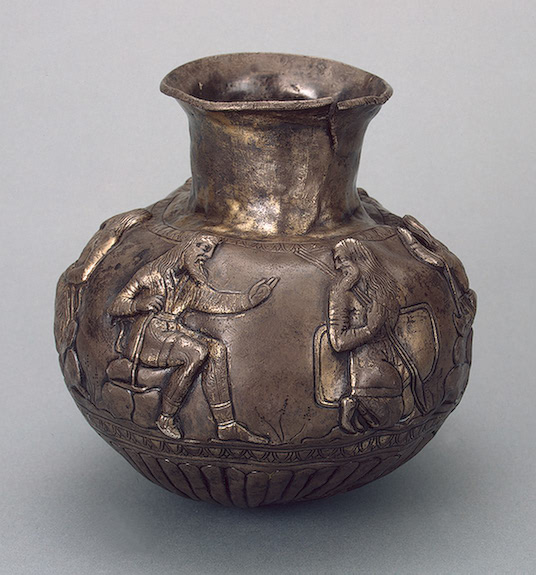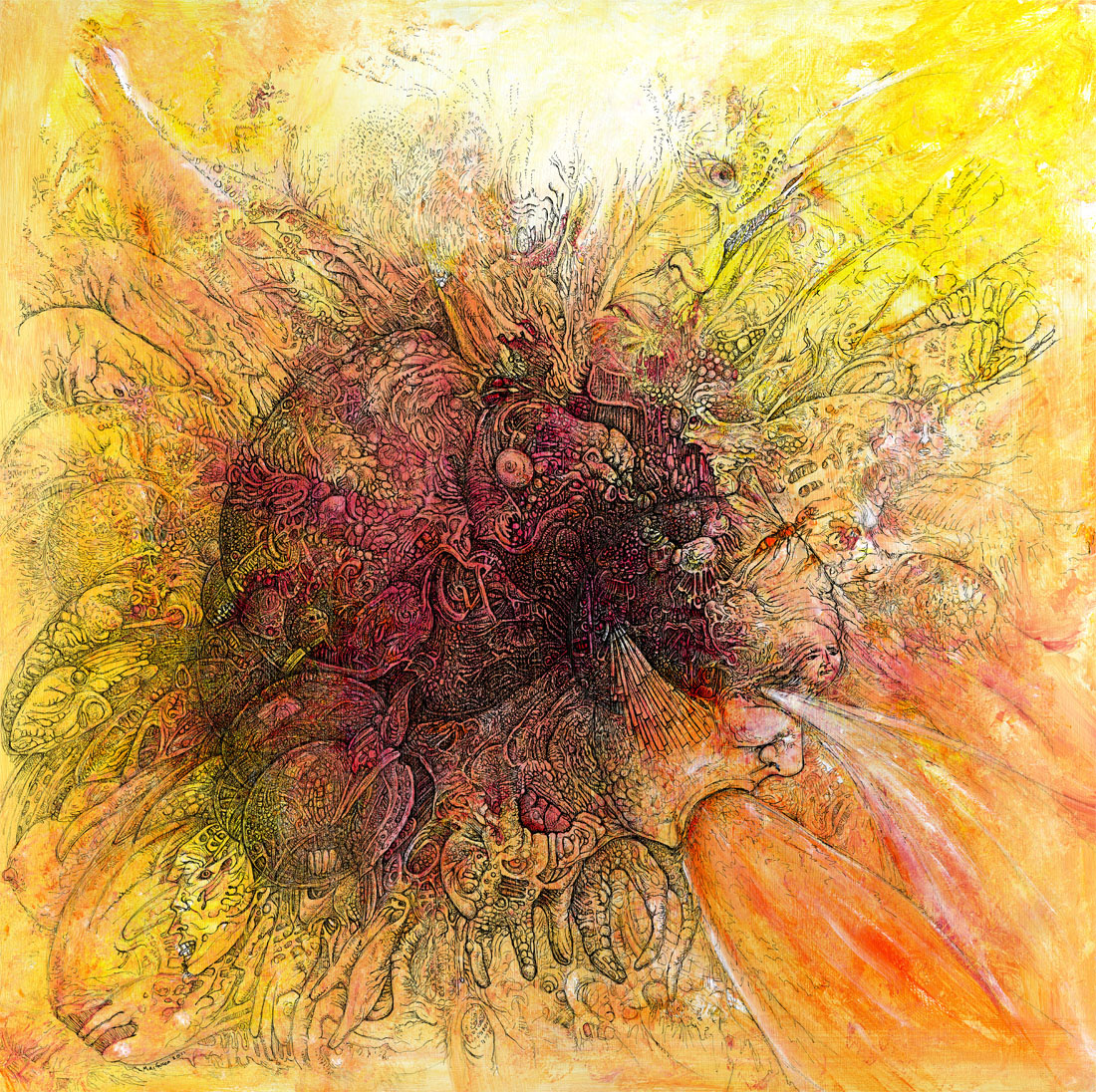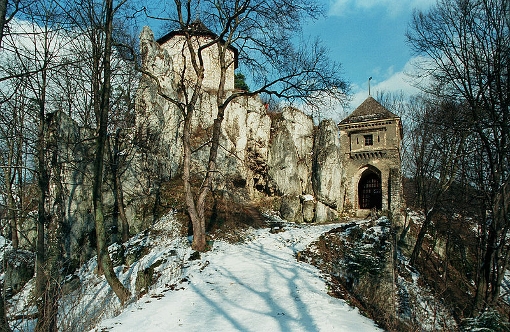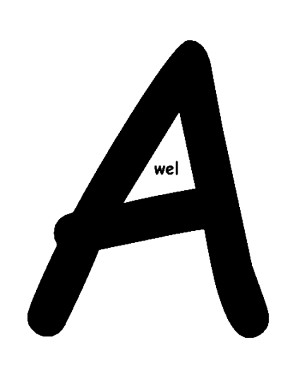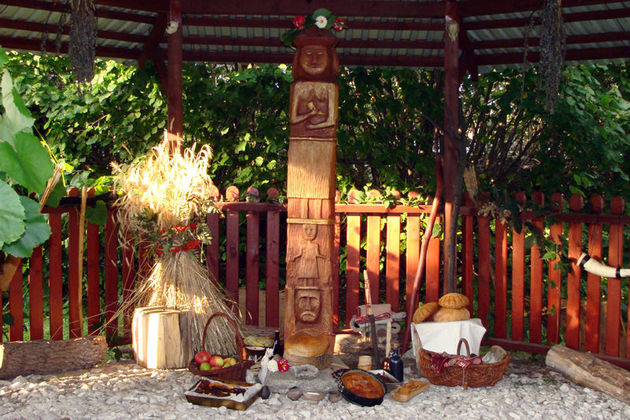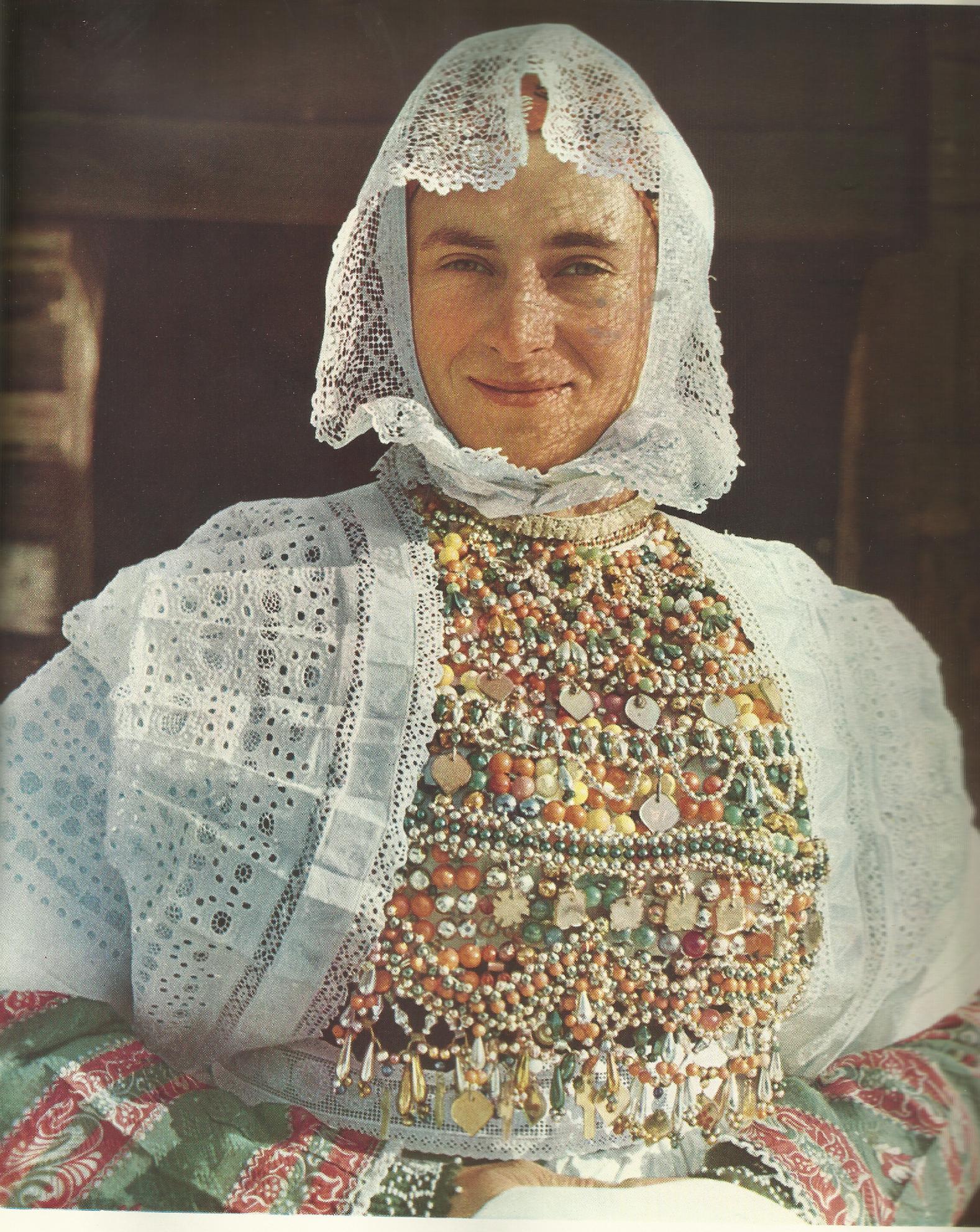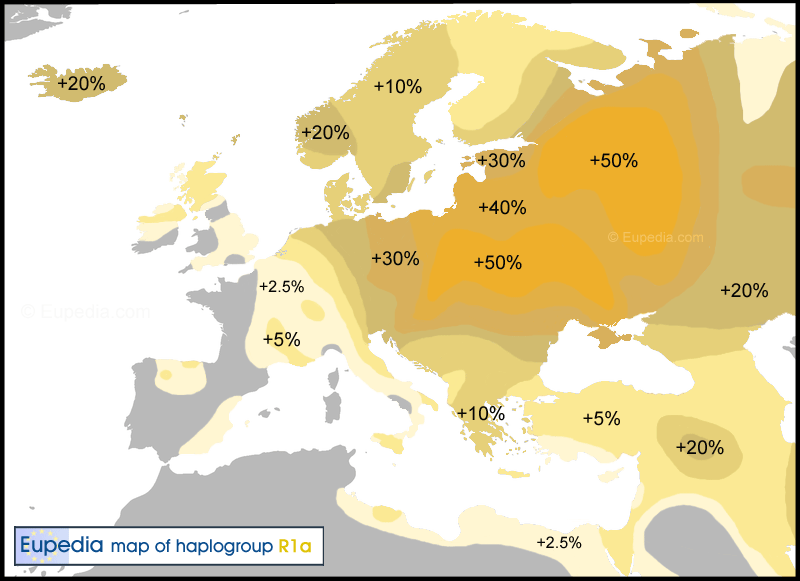© by Czesław Białczyński
© translated by Katarzyna Goliszek
The text is addressed to hypocrites who ruling practise anti-Polonism and think that they are some Berliners … or New Yorkers. It is pathetic because in the eyes of those they are just small, false Poles who have denied their homeland ….
BEGINNING :
(….) The flood of information and advancement of knowledge which is the result of it and which affects various disciplines of science, has led to the particular revolution in the views on the forming of languages, myths, religious concepts and their interrelationships in Eurasia.
Genetics has refuted the views on the source of origin of particular ”kinds” of the human being and racial ”differences” that functioned for ages. In a consequence, the knowledge has not only undermined established and lasting for ages opinions about human races, i.e the opinions which were obligatory in the matter which the knowledge is studying, but it has also impaired all, less scientific humanistic disciplines. The disciplines (aspects) painstakingly built the image of the world in their respective fields, such as, for example, archaeology, history, linguistics, anthropology of cultures and in other ones, for centuries (at least two, but this process can be extended seeing it as a slowly progressing historical process).


